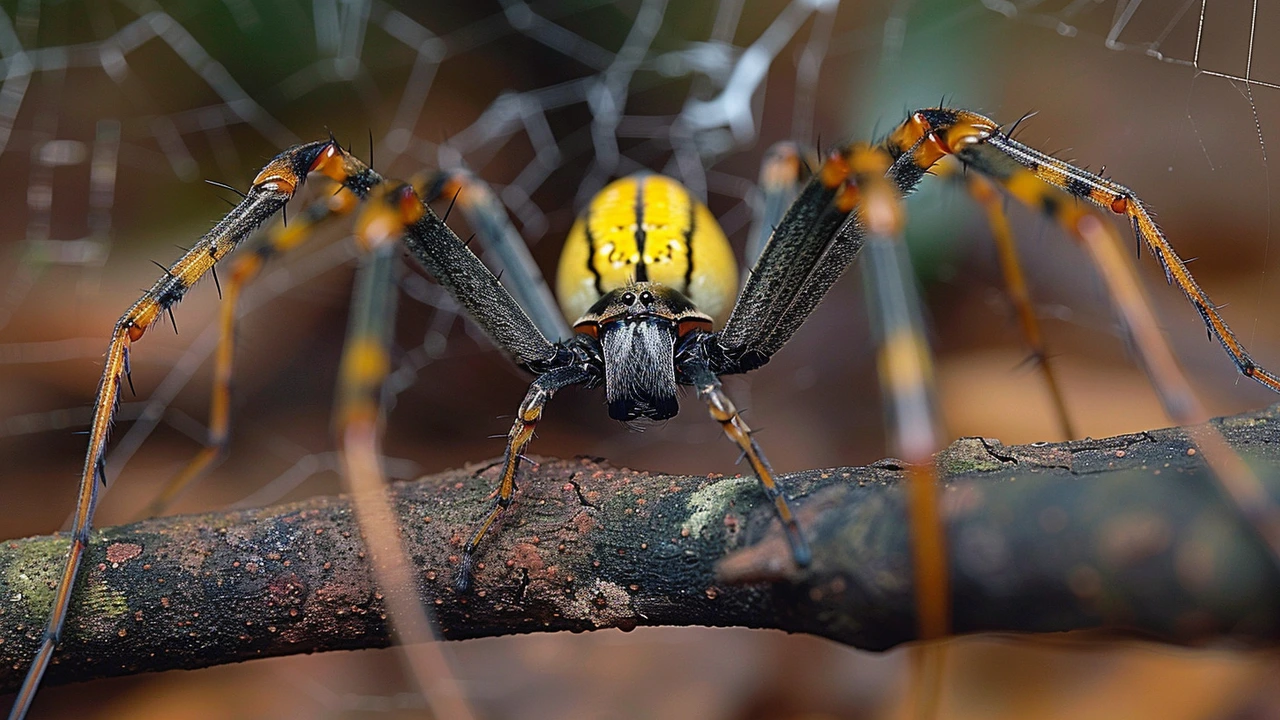Dangerous Critters: What You Need to Know to Stay Safe
South Africa is home to an amazing variety of wildlife, but along with that beauty comes some critters you want to steer clear of. Knowing what these dangerous animals and insects are can make all the difference when you’re out and about. It’s not about fear but respect and caution. Let’s break down the key critters you should watch for and how to keep yourself safe.
Why Being Aware Matters
It’s easy to forget the risks hidden in forests, deserts, and even urban areas until you come face-to-face with a harmful critter. Some animals, like snakes and spiders, might be small but pack a big punch with venom. Others, like certain aggressive insects, can cause nasty allergic reactions. Knowing which critters are dangerous helps you spot warning signs early, avoid risky spots, and respond quickly if you’re bitten or stung.
Common Dangerous Critters Around South Africa
Let’s talk specifics. Snakes like the Black Mamba and Puff Adder are infamous here. Their venom can be fatal if untreated, so it’s smart to learn what they look like and where they hang out. Spiders such as the Button Spider or Violin Spider might scare you with their venom, but bites are rare if you don’t disturb them. Watch out for scorpions in dry sandy areas too—they’re sneaky and can sting you when you least expect it.
Don’t forget about insects like bees, wasps, and ants. While they generally only sting if provoked, people allergic to their venom must be extra cautious. If you’re hiking or camping, check your shoes and sleeping gear for these little hazards. Even some freshwater fish and frogs can be harmful, especially if you’re not familiar with local wildlife.
It’s not just about avoiding bites. Many critters play important roles in nature, so being cautious and respectful means protecting yourself and the environment. Simple habits like wearing sturdy shoes, not reaching into holes or under rocks, and keeping your campsite clean reduce chances of dangerous encounters.
One final tip: If you do get bitten or stung, try to stay calm, immobilize the area, and get medical help quickly. Knowing basic first aid for venomous bites can be a lifesaver.
So next time you head outdoors, watch your step and keep an eye out for these dangerous critters. Knowing what to expect and how to handle surprises is your best defense. Stay curious, stay cautious, and enjoy the wild side of South Africa safely.

The Truth About Joro Spiders and Their Real Threat to New Jersey
Joro spiders, originally from East Asia, have made their way to New Jersey but pose no danger to humans or pets. Meanwhile, other critters like ticks, venomous snakes, black widow spiders, and the spotted lanternfly present real threats in the state. Discover the true risks and how to stay safe in New Jersey’s diverse ecosystem.